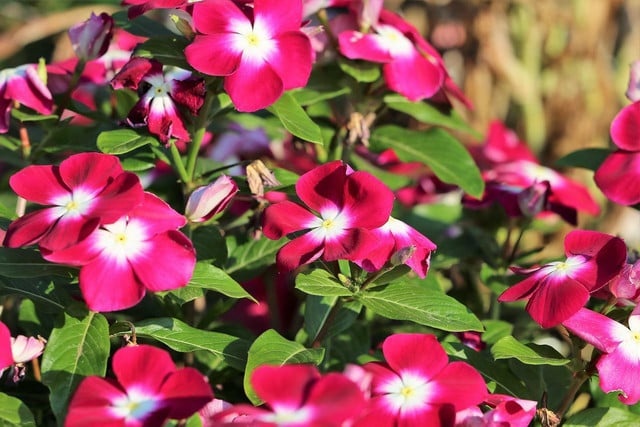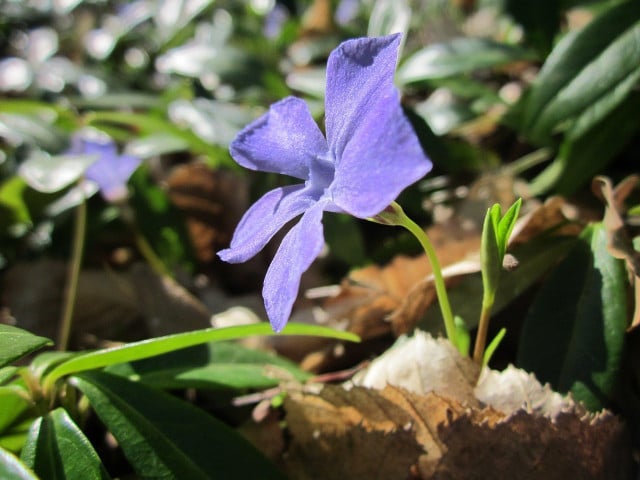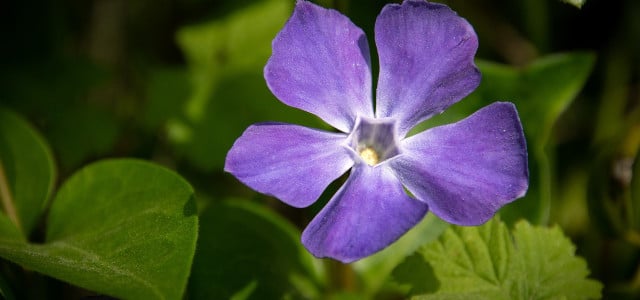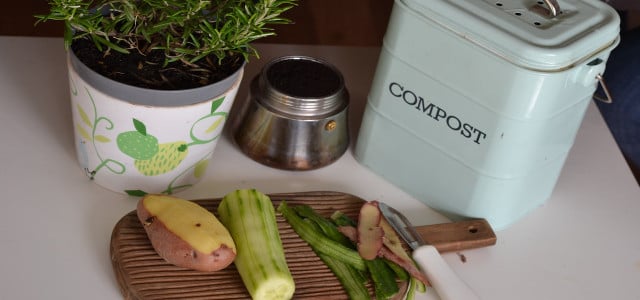The common vinca is a colorful and easy-to-grow plant that is ideal for flowerbeds, rock gardens, and containers. Use these vinca care tips to help them thrive.
The vinca plant (Catharanthus roseus) was first introduced into North America in the 1700s as an ornamental ground cover for most gardens and greenhouses, and it has remained a popular garden plant ever since. Their vivid pink, magneta, white, or red colors clearly distinguish them, making them a charming addition to any landscape.
Vincas are a fantastic choice if you have limited time and energy to devote to your garden, thanks to their abundant flower yields and low levels of plant maintenance. Fortunately, the vinca plant is a very versatile and tolerant plant that, even if neglected in the garden, will show persistence and can be readily resurrected with the most basic vinca care methods.
Vinca Major vs. Vinca Minor: What’s the Difference?
Before we get into these vinca care guidelines, let’s go over the variations between the Vinca Major and Vinca Minor kinds. Vinca minor plants have tiny leaves that are often ¾ inch long and grow four to six inches tall from the soil. This subspecies is the most commonly found of the two.
The Vinca Major, on the other hand, has bigger leaves and blossoms that can grow up to two feet from the ground. Both of these varieties are slightly toxic, so be careful when letting your pets and small children out into the yard without supervision.
Vinca Care Tips: All You Need to Know

The vinca plant, which can be found in most yards, blooms numerous times throughout the year. This makes it ideal for those wishing to have a pop of color in their garden throughout the year. All that is required is some basic maintenance and attention.
While these plants form a gorgeous ground cover, the problem is that they can be invasive if you don’t take proper vinca care measures in your yard. As a result, the vinca plant may choke out other plant species in the garden.
The vinca plant can grow in most climates, whether wet or dry, and in most soil types. Having said that, there are still some steps you can take to ensure proper vinca care. These are some examples:
- Do Some Basic Pruning and Control: Vinca vines are aggressive and can choke out other plant species in your garden if not properly clipped and attended to. Similarly, to maintain your plant healthy, clip and take off any dead leaves that appear. The dead leaves can then be recovered and composted.
- Take Care Not to Overwater: The vinca plants in your garden or pot do not require daily watering. Despite its drought tolerance, the vinca plant is vulnerable to rot, moulds, and fungi. This also draws undesirable creepy crawlies like spider mites, whiteflies, and aphids. Overwatering the leaves can cause leaf infections and root rot.
- Consider Sun Exposure: The vinca plant loves the sun. Five to six hours of sunlight per day will help your flowers bloom over the winter. In the summer, though, if it’s hot (86°F), two to three hours will sufficient. If you grow them in a pot, you can easily shift them out of direct sunlight.
- Be Mindful of the Shade: Although vinca plants can grow in or out of shade, it is still beneficial to consider this element before planting them. They can flourish in partial shadows if planted under trees that provide filtered light. If grown in a garden, sow the vinca seeds in an area that will receive at least some partial shade to prevent them drying out in hotter climates.
Utopia Tip: If you’re wondering how well your vinca plants will do in your garden, find out what USDA plant hardiness zone you live in.
If in Doubt, Look to the Leaves
Consulting the leaves of your vinca plants are a well-known vinca care tip. Checking the leaves is a fantastic way to identify whether your plant needs watering, as they will wilt inside when the plant is thirsty. There are three possible explanations for yellow leaves. You must determine which one this is, albeit it could be a combination of one or more.
- Too much water
- Too much heat or sun
- Lack of nutrients in the soil
If you feel it’s due to a shortage of nutrients in the soil, you should feed the plant some nitrogen or iron. Plant food can be made from a combination of organic compost and bird feed. Every couple of months, add two to three spoonfuls of this mixture to your plant bed to give your vinca plant a boost of strength. Not only with this keep your plant happy and healthy, it’ll also increase the brightness of colors of the flowers.
Vinca Plant Garden Benefits



Following some of these vinca care tips will show you that the vinca plant is a pretty easy plant to grow in your garden, and following these guidelines will result in a high bloom yield. However, you may be asking what kind of long-term and environmental benefits there are to cultivating vinca plants in your yard in the first place.
Planting periwinkle or vinca plants in your yard is an excellent method to assist the bees and other beneficial pollinators. Making the vinca plant is one of many fantastic insect-friendly plants you can cultivate in your yard or on your balcony. This is due in part to the fact that the vinca plant is a perennial that grows all year and blooms flowers regardless of the season, allowing all of the small pollinators to readily access the nectar and pollen they require.
Although the vinca plant is not native to North America, you can promote some of the concepts of native gardening by following the most basic vinca care guidelines. Vinca plants, for example, are drought-tolerant and can withstand the natural rainfall of many places in the United States. By incorporating them into your garden, you are supporting more sustainable gardening and water conservation, as you will use less water having them in your garden.
Happy Gardening!
Read on:
- Flowers for Bumblebees: How to Help Endangered Bumblebees
- 7 Signs Of Overwatering Plants & What to Do
- Checklist: How to Prepare Your Garden for Winter
Do you like this post?








